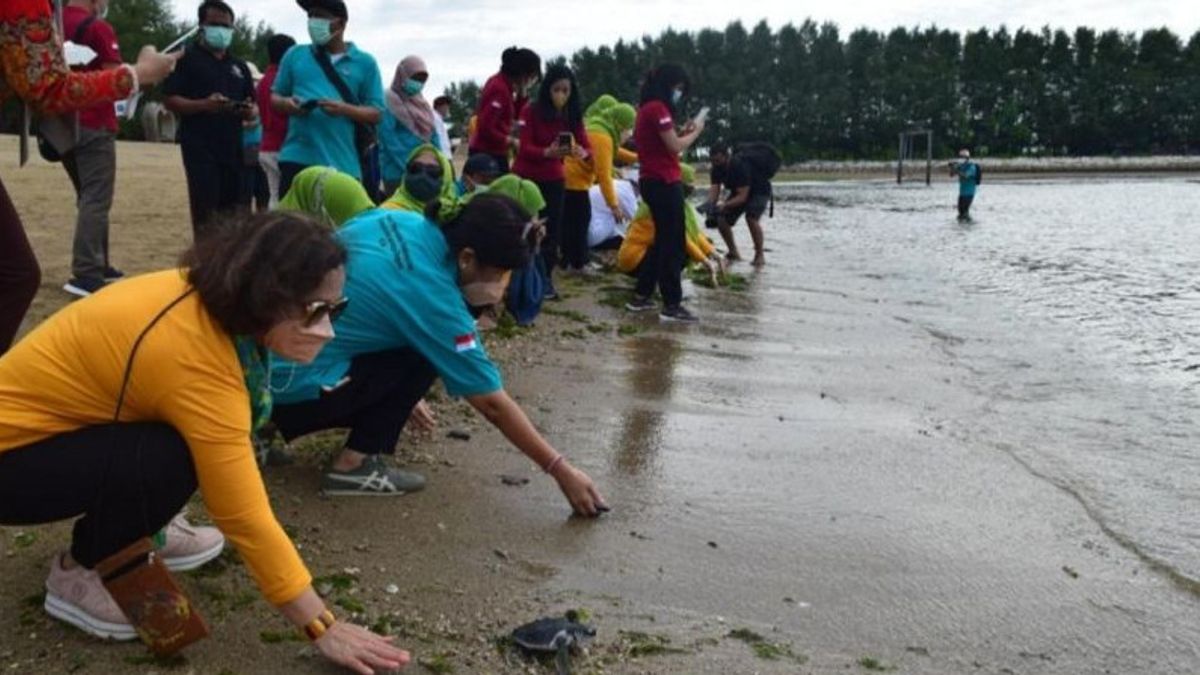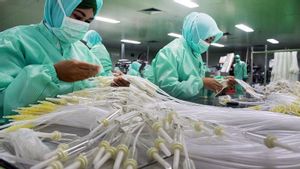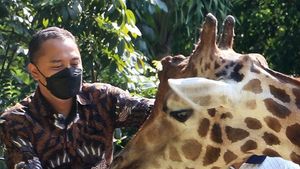
BALI - The Bali Natural Resources Conservation Agency (BKSDA) appealed to the public not to disturb, damage, and intervene in turtle nesting activities.
"Actually there are some human interventions that cause turtles that were about to lay eggs to not lay eggs. The easiest example to see here is the breakwater", said the Head of the Bali BKSDA, R. Agus Budi Santosa, when confirmed in Denpasar, Bali, Antara on Sunday, January 23.
He said that Bali is a friendly area for turtles to lay their eggs. But then some uses result in sound and light until the night. For example, some clubs on the beach install floodlights towards the sea which can prevent turtles from laying their eggs.
"There are also loud noises until the night. Remember, turtles lay eggs at night. Maybe there is a light, maybe there is sound, but please don't do it at night, because at night is the time for wild animals, especially turtles to lay their eggs", he explained.
He said that over the past five years, the number of people who used to eat turtles had fallen very far, and the percentage was also very small.
"In addition, for other uses, it has also begun to decrease. What I need to remind all of my friends, to the wider community, especially, because this turtle is now included in Appendix I of CITES, so commercial trade is prohibited", he said.
He stressed that instead of using turtles to be consumed or eaten, it is better to find other ways to earn money. For example, by adopting turtle hatchlings. "It gets more money, nature is more prosperous, the turtles are also prosperous", he said.
SEE ALSO:
Meanwhile, related to the element of predators, R. Agus Budi Santosa said that according to the theory, the biggest predators are still humans. After that, non-natural predators can be birds, dogs, or other animals both on land and at sea.
He added that the percentage of hatchlings born and then able to lay eggs was only up to 1 to 2 percent.
"So the number is very small. In fact, there are some kinds of literature that say that from 1,000 tails a maximum of 5 can lay eggs. So the more releases, the better", he said.
The English, Chinese, Japanese, Arabic, and French versions are automatically generated by the AI. So there may still be inaccuracies in translating, please always see Indonesian as our main language. (system supported by DigitalSiber.id)

















